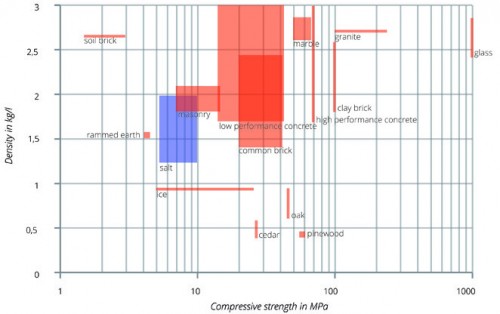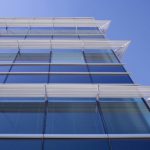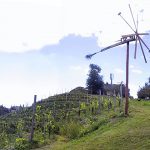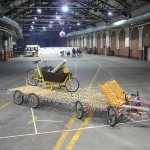“The Salt Project is a biomimetic attempt to create architecture using seawater in the desert. By using locally available resources we can grow plants and create architecture without producing waste. The idea is to pump up seawater in arid areas around the world, split it in salt and fresh water, use the fresh water for produce and use the salt for architecture.”
“First we pump up the seawater with a pipe and pump installation powered by solar power. The seawater is pumped to Seawater Greenhouses where crops are grown. The remaining brine goes to salt pans to be turned into salt. Another part of the seawater goes to the algae farming area where starch is grown. The starch and salt form the building material.”
“After several tests at the TU Delft faculty of Civil Engineering it turns out that the material has around the same strength as other common vernacular building materials such as ice, rammed earth and simple masonry structures. Similar to the properties of these materials, the salt material deals well with compressive forces and not so much with tensile forces. This means a typical salt structure would be for example an arch, a dome or a shell structure.”
“A fantastic property of the salt is its translucency when it’s cast or 3D printed in thin panels. When shining a light on it silhouettes behind the material become visible, leading to very interesting architectural possibilities. The colour of the material is obviously very white, a feature very handy in desert environments as it will reflect the sunlight as much as possible.”
“Of course the weak point of salt is the fact that it dissolves in water. This is currently being handled by applying a coating to the material. Currently research is being done to bio based coatings that damage the environment as little as possible. Other strategies for waterproofing the material could be building a transparent tent structure over it or covering it with things like reed or sand.”
See & read more: The Salt Project. Via VIBA.







